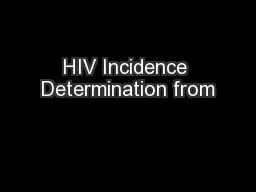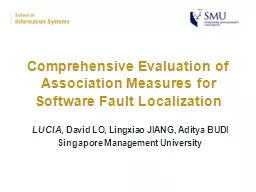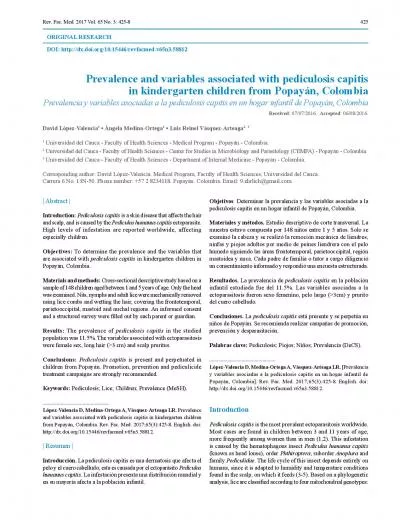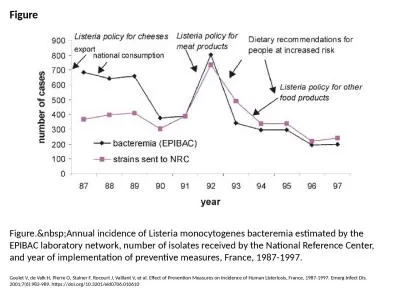PPT-www.carteeh.org Lecture #29: Prevalence, Incidence, and Measures of Association
Author : brown | Published Date : 2022-07-13
Mary A Fox PhD MPH Johns Hopkins Bloomberg School of Public Health Risk Sciences and Public Policy Institute mfox9jhuedu 4432870778 The author declares that there
Presentation Embed Code
Download Presentation
Download Presentation The PPT/PDF document "www.carteeh.org Lecture #29: Prevalence,..." is the property of its rightful owner. Permission is granted to download and print the materials on this website for personal, non-commercial use only, and to display it on your personal computer provided you do not modify the materials and that you retain all copyright notices contained in the materials. By downloading content from our website, you accept the terms of this agreement.
www.carteeh.org Lecture #29: Prevalence, Incidence, and Measures of Association: Transcript
Download Rules Of Document
"www.carteeh.org Lecture #29: Prevalence, Incidence, and Measures of Association"The content belongs to its owner. You may download and print it for personal use, without modification, and keep all copyright notices. By downloading, you agree to these terms.
Related Documents














